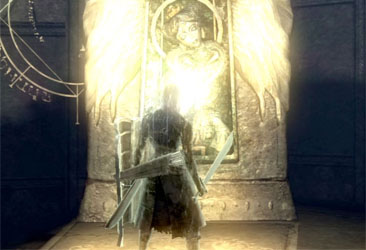I genuinely believe that gaming like many other aspects in life is affected by mood. Even as the most ardent gamer there are moments where I simply don’t feel like playing anything. I decided to make the most of this lack of motivation and play something truly out of my comfort zone.
The choice may surprise you; it’s an atmospheric classic that I’ve somehow avoided for years, but remarkably Super Metroid isn’t a obvious fit for me.
Getting over the old mantras
I now realise that Super Metroid a masterpiece of design, atmosphere and gameplay, but I have not always thought this. It will seem obvious to anyone that has played the game or grown up in it’s shadow, but for someone playing the series for the first time retrospectively it’s become a bit of a metaphor for all the games that I’ve chosen to ignore for whatever reason over the years. There are so many remarkable games out there that I will never have the time to finish, so I’ve developed an unintentional coping mechanism to rationalise my regret – “I wouldn’t like them anyway”.
I’ve always placed a number of games series in this category, for as far back as my memories go. I can’t even remember where the motivation for these decisions came from, they’re as clear in my mind as night and day. Old presumptions developed in childhood about a series or genre that I can’t quite shake even as an informed adult. Decisions I didn’t question until others expressed alarm at me never having played certain widely-acknowledged classics.


Why does this happen?
Personally at least, most of the games this concerns are the remains of the legacy of growing up during the 1990s during the peak of the Sega/Nintendo marketing rivalry. This faction-based model for playing games is a old approach that I am still working back from. I am slowly revisiting the back catalogue of games that I denied myself as a child; and the Metroid series is one of them. As hard pressed as the Nintendo or Sega mantra seems now, there was some logic to it – it saved my parents the financial worry of buying two sets of consoles and two sets of games, and it saved me from realising there were twice as many games in the world to obsess over. I would have been overwhelmed.
It seems quite bleak looking back on my gaming history, but I was happy then in my little world of Sega, and I am even happier now that I am able to fully experience everything I missed many years later: free from assumption and prejudice. I am as bewildered and excited playing these games now as the eight-year-old I would have been back in 1994 when Super Metroid was released.
It is the weirdest feeling playing a game that I have obviously misjudged for years, particularly as I stumble to grasp the concepts and ideas Metroid develops that are completely new to me. It’s a testament to the timeless beauty and rigorousness of Super Metroid’s design. As such I am playing a game that I have subliminally known for years, I recognise almost every noise and score; and yet it feels new and oddly nostalgic – all at once – like an old, yet happy memory I had long forgotten about.
I am beginning to fall in love with an old “enemy”. Thank you to everyone who recommended it to me.

























